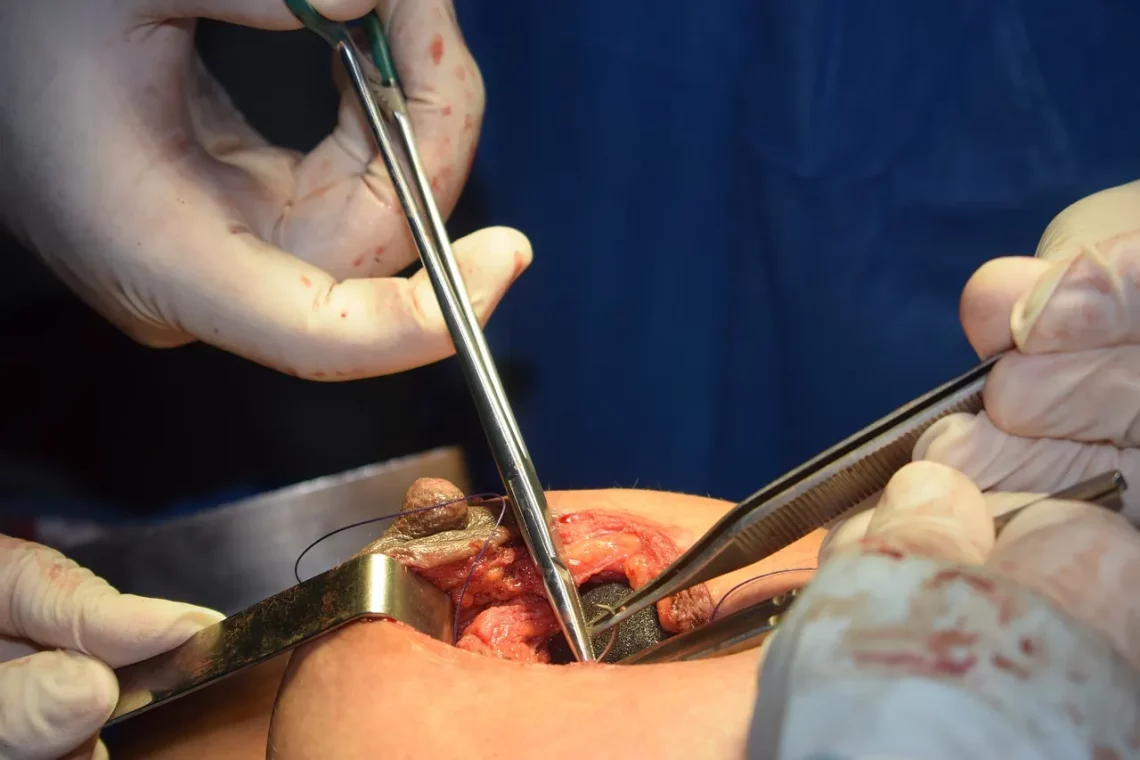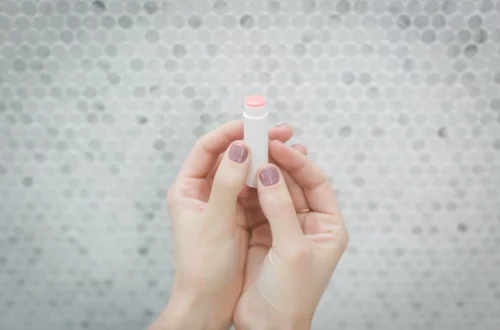
Lipoma Removal Photos: A Visual Guide to the Procedure and Recovery
Lipomas are benign tumors made up of fat cells, often found just beneath the skin. While they are generally harmless and painless, many individuals seek removal for cosmetic reasons or if the lipoma causes discomfort. The decision to undergo lipoma removal can stem from various factors, including the size, location, and personal preferences of the individual. The procedure itself is relatively straightforward, typically performed in an outpatient setting, and involves the surgical excision of the lipoma.
Understanding the removal process and what to expect afterwards can alleviate concerns and help patients prepare mentally and emotionally for the surgery. Visual aids, such as photos of the procedure and recovery, often play a crucial role in demystifying the experience. These images not only provide insight into the surgical techniques used but also showcase the recovery process, highlighting the typical healing timeline.
In this article, we will explore the lipoma removal procedure in detail, discuss the recovery journey, and provide visual references to enhance understanding of what to expect at each stage. This comprehensive guide aims to empower individuals considering lipoma removal with the knowledge and confidence needed for informed decision-making.
Understanding Lipomas: What They Are and Why They Occur
Lipomas are soft, movable lumps that develop under the skin, primarily composed of adipose (fat) tissue. These growths are typically slow-growing and can vary significantly in size, ranging from a few millimeters to several centimeters in diameter. They are most commonly found on the torso, arms, and thighs, but can occur anywhere on the body.
The exact cause of lipomas remains largely unknown; however, several factors may contribute to their development. Genetic predisposition plays a significant role, as lipomas tend to run in families. Additionally, some studies suggest that certain conditions, such as obesity or metabolic disorders, may increase the likelihood of developing lipomas. Hormonal changes and age may also influence the formation of these benign tumors.
While lipomas are generally harmless and often asymptomatic, they can occasionally cause discomfort, especially if they press against nerves or other structures. This is one of the primary reasons individuals opt for removal. Moreover, many people seek to have lipomas excised for cosmetic reasons, as they can be unsightly or cause self-consciousness.
It’s worth noting that not all lumps are lipomas. Other conditions, such as cysts or fibromas, may present similarly but require different treatment approaches. Therefore, a proper diagnosis by a healthcare professional is crucial before considering removal.
Overall, understanding what lipomas are and their potential impact on your life can help inform your decision on whether to pursue removal.
The Lipoma Removal Procedure: What to Expect
The procedure for lipoma removal is typically straightforward and performed under local anesthesia, allowing the patient to remain awake but pain-free during the process. Before the surgery, the surgeon will conduct a thorough examination and may use imaging studies to assess the size and location of the lipoma.
On the day of the procedure, patients are usually instructed to arrive at the surgical facility with clean skin and may be asked to refrain from eating or drinking for a few hours prior to surgery. Once settled into the treatment area, the surgeon will mark the site of the lipoma and administer local anesthesia to numb the area.
The surgical technique commonly used for lipoma removal involves making a small incision over the growth. The surgeon carefully dissects the lipoma from the surrounding tissue, ensuring minimal damage to nearby structures. In most cases, the entire lipoma is removed in one piece, which helps to prevent recurrence.
After the excision is complete, the incision is typically closed with sutures or adhesive strips. The procedure usually takes less than an hour, depending on the size and location of the lipoma. Patients can often return home the same day, making it a convenient option for those looking to minimize downtime.
Post-procedure, it’s normal to experience some swelling, bruising, or tenderness at the surgical site. The surgeon will provide specific aftercare instructions, which may include keeping the area clean, applying topical ointments, and taking prescribed pain relief medications if necessary.
Understanding the lipoma removal procedure can help alleviate anxiety and prepare you for the experience, ensuring that you feel informed and confident as you move forward.
Recovery After Lipoma Removal: What to Anticipate
Recovery after lipoma removal varies from person to person, but most individuals can expect a relatively smooth healing process. Immediately following the procedure, it’s common to experience some swelling and discomfort at the incision site. Applying ice packs and taking over-the-counter pain medications can help manage these symptoms.
The first few days post-surgery are crucial for healing. Patients are advised to rest and avoid strenuous activities, including heavy lifting or vigorous exercise, for at least a week. This rest period allows the body to focus on healing and reduces the risk of complications, such as infection or delayed healing.
Sutures, if used, are typically removed within one to two weeks after the procedure, depending on the surgeon’s assessment. During follow-up appointments, the surgeon will monitor the healing process and address any concerns that may arise. It is essential to attend these follow-ups to ensure proper recovery.
As the days progress, most patients notice a significant reduction in swelling and discomfort. It’s important to keep the surgical area clean and dry, following the surgeon’s aftercare instructions diligently. Some individuals may experience itching or redness as part of the healing process; this is usually normal and should subside over time.
In terms of scarring, the incision site may take several weeks to fully heal. While many factors influence scar formation, including skin type and the body’s healing response, most scars will gradually fade over time. Keeping the area moisturized and protected from sun exposure can help improve the appearance of scars.
By understanding what to expect during the recovery phase, patients can better prepare for the journey ahead and feel more at ease as they heal.
Visual Aids: The Importance of Photos in the Lipoma Removal Journey
Visual aids, especially photos, can significantly enhance a patient’s understanding of the lipoma removal process. They serve as a powerful tool for demystifying surgery and offering realistic expectations regarding both the procedure and recovery.
Before the surgery, patients may find it helpful to view images of lipomas and the surgical sites. These visuals can clarify what to look for when considering removal and reassure patients about the commonality of the procedure. Photos showing the surgical setup, including instruments and the operating room environment, can help reduce anxiety by familiarizing patients with the setting.
During the procedure, images depicting the surgical steps can give patients a clearer perspective on what occurs. Photos showing the incision, the lipoma being excised, and the final result can also provide encouragement. Witnessing the successful removal of lipomas through images can instill confidence in potential patients who may be apprehensive about the surgery.
Post-operative photographs indicating the recovery stages are equally important. These visuals can illustrate the typical healing timeline, showing how swelling decreases and the incision site heals. Many patients find comfort in seeing real-life examples of recovery, as it helps normalize their experiences and sets realistic expectations for what they may encounter.
In conclusion, photos serve as an invaluable resource throughout the lipoma removal journey. They not only educate but also empower individuals to make informed decisions about their health.
**Disclaimer:** This article is for informational purposes only and does not constitute medical advice. Always consult with a healthcare professional regarding any medical concerns or conditions.




